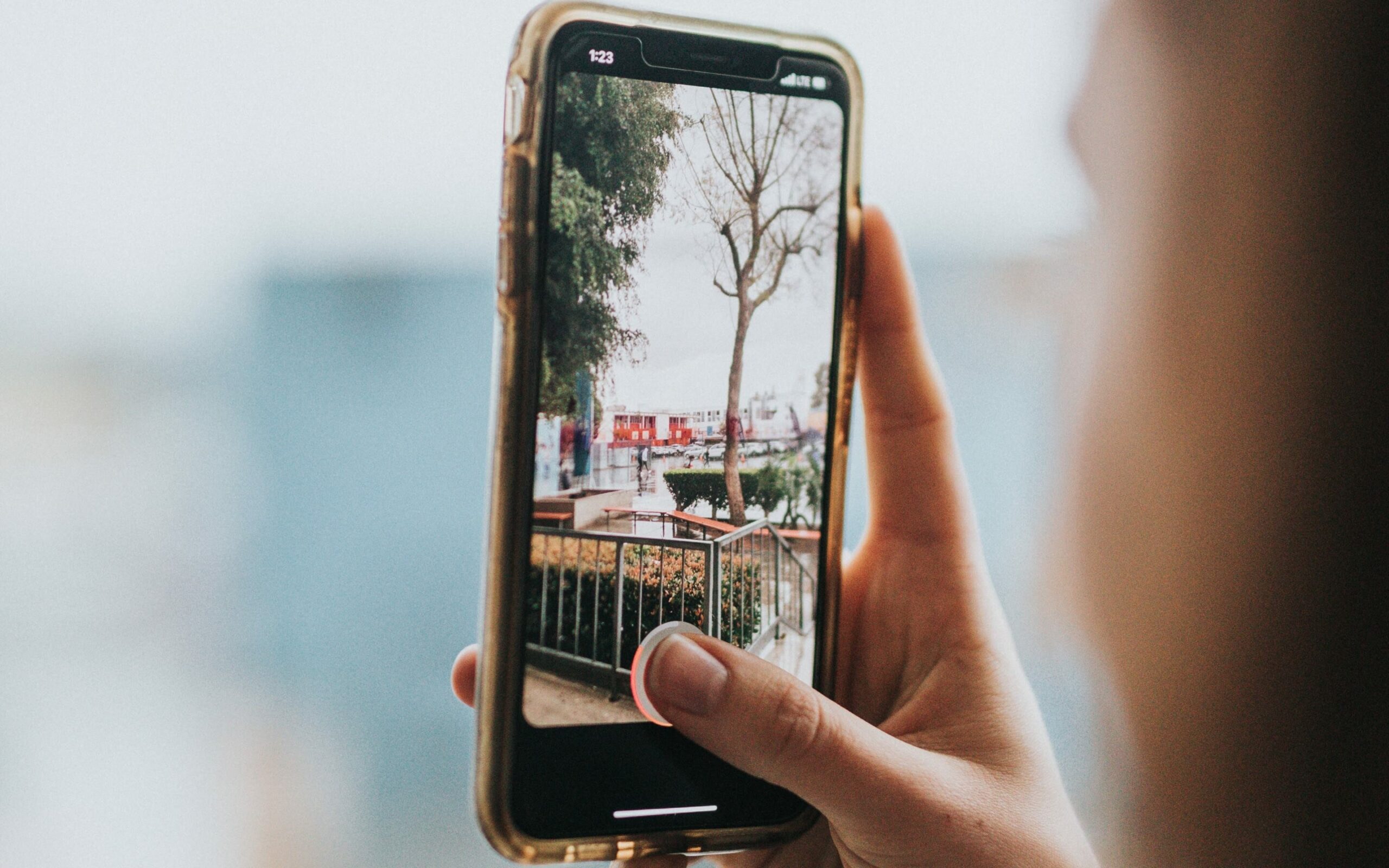
Cast your eyes to your camera roll. Whether it’s selfies, beautiful scenes, or pictures of receipts and shopping lists that you’re documenting; in today’s world, we’re all digital photographers.
But what is digital photography? and how is it different to film photography? In this article, we’ll explore just that, and how this iconic art form has shaped the world today.
What is digital photography?
Digital photography is the practice of taking photographs using a digital camera or a camera on a digital device (think smartphone or tablet). It works differently to film photography – which relies upon light, chemical reactions, and time in a dark room to produce the image.
Instead, a digital camera produces images using an electronic sensor inside the camera that captures the light that enters through the lens. The camera’s processor then converts it into a digital file and images captured are stored on the camera’s memory card.
Nowadays, most of the photographs you’ll see in the world are taken using digital cameras. Digital photos allow us to review, share, and edit within seconds of taking them. So, you can see how digital photography found its relevance in the ever-connected world we live in today.

History of digital photography
To understand the revolutionary impact of digital photography, it’s worth us walking back in history a little.
Before digital cameras, photography was primarily captured on film. Today, you’ll find these cameras still clutched in the hands of urban hipsters and photographers alike. Film cameras require a negative image to be developed and printed in a darkroom, which demands time and patience. It can take anywhere from several minutes to several hours, depending on the type of film, the method used, and the expertise of the developer.
Many photographers still find that shooting on film creates something truly unique in an image. Its only downfall, which later knocked its stature in the race against digital cameras, is that you have to wait until your photos are developed to see how they turn out. So, for novices, anyone testing out a new camera’s settings, and even professional photographers; it can be hard to learn what’s working for you until after the moment has passed.
Instant cameras such as Polaroid [MP1] provided a solution when they came to the masses in the ’60s, allowing users to instantly develop and view their photographs too. Then in the ‘70s and ‘80s, early digital cameras were starting to hit the scene. But because of their exclusivity, they were expensive. And as the technology was still advancing, they produced low-resolution photographs.
But with the digital revolution in the late 20th century, the quality of digital photography cameras began to surpass that of film and instant cameras. Different types of digital cameras were being made, the technology was better, and so was the final image. Ultimately, digital cameras then became affordable and available to the masses.

Types of digital camera
There are many types of digital camera out there today. Let’s take a look at a few of them below.
Compact cameras
These are also referred to as ‘point-and-shoot’ cameras. These are small, portable cameras that have built-in lenses and come with automatic settings. You’ll find many casual photographers and travellers opting for a compact camera, as they require little technical knowledge to use and don’t need any additional equipment (like lenses) to lug around.
DSLR cameras
A Digital Single Lens Reflex (or DSLR) is perhaps the most well-known type of digital camera, (and a popular choice for professional photographers and serious hobbyists). They work by using a mirror to reflect the image from the lens into an optical viewfinder.
The biggest draw to a DSLR is that they allow for interchangeable lenses, manual controls, and high-quality sensors which together provide the user with lots of creative control. Their versatility makes them a great camera for lots of purposes – so whether you’re capturing portraits, scenic landscapes, or motion shots; with the right settings and equipment a DSLR will do the trick.

Bridge cameras
If you’re looking for something in between the two, bridge cameras are a good option. They have a more powerful zoom lens than compact cameras, with some of the manual controls and image quality of DSLRs. They tend to strike a good balance between features and affordability too.
Medium format cameras
These use larger image sensors than those in traditional DSLRs, and as a result, can deliver digital photos of incredible quality – both in terms of detail and colour reproduction. These are the cameras behind plenty of iconic fashion portraits, but you’ll find them in the world of advertising too.
Action cameras
For the sports fanatics or adventurers among us, action cameras might be more up your street. Whether it’s hiking, surfing, or capturing sports that has you excited, there are a whole host of cameras out there to suit your needs.
Action cameras are made with features to help capture fast-paced action and movement. And because they’ll be taken to icy mountain tops and ocean floors, they’re usually small, compact, and made more robustly than other cameras (waterproof and shockproof).
So, whether it’s eccentric fashion portraits or a sky-diving adventure you want to capture, there are plenty of digital cameras out there to suit your needs. If you’re stuck choosing which product to buy, chatting to a salesperson or reading customer reviews online could help you make a more informed decision.
And if you’re keen to learn more about living life behind a lens, explore our online photography course with legendary portrait photographer, Rankin.

Give the gift of knowledge
Surprise a special someone with a year's access to BBC Maestro or gift them a single course.







